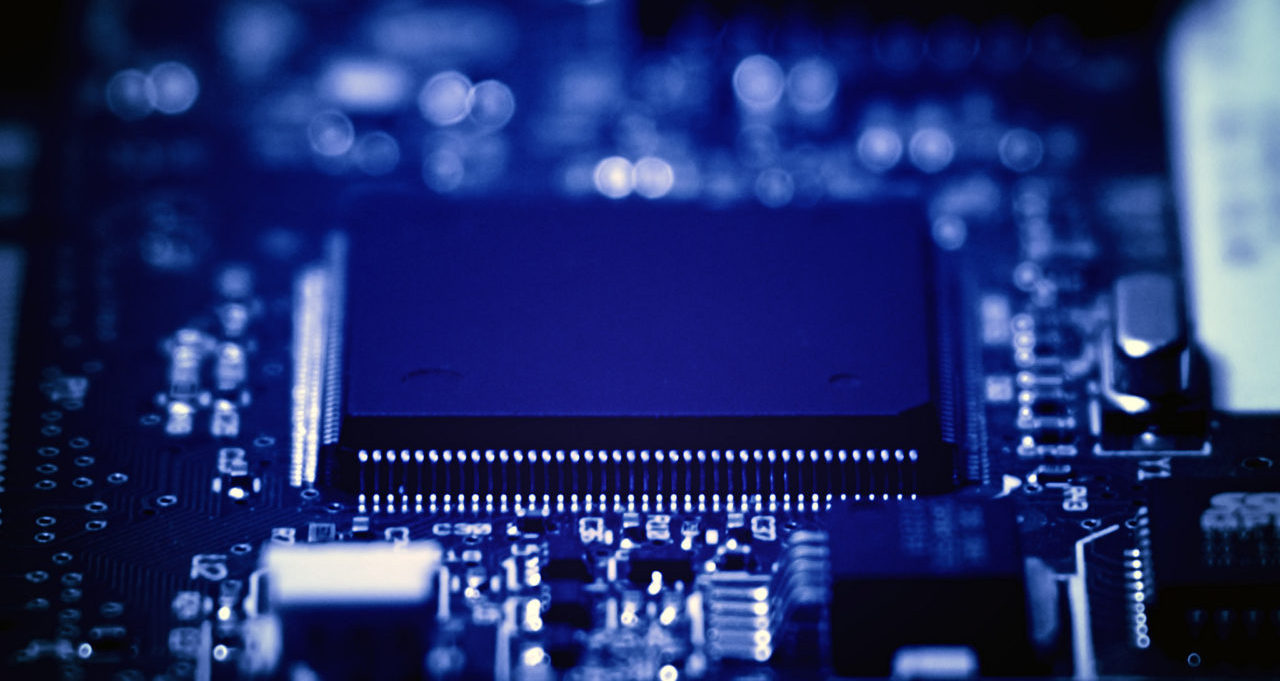Dedicated to man’s ability to envision, create and utilize ever more complex tools.

November 22, 2016
A machine smaller than a human hair, able to perch on a single red blood cell like a dragonfly on a pebble.
Years ago, I remember reading about people who engraved the Lord’s Prayer on the head of a pin, or on a grain of rice, and wondering what tools were capable of that precision. That level of miniaturization pales in comparison with nanobots, however— machines that function on a molecular level.
Nanobots were first proposed by physicist Richard Feynman at an American Physical Society meeting at the California Institute of Technology (CalTech) on December 29, 1959, in a lecture entitled “There’s Plenty of Room at the Bottom”. To imagine how truly infinitesimal these machines are, consider comparative scale. A strand of human hair is about 100,000 nanometers in diameter; a bacteria is about 2,500 nanometers across. But a nanobot— a robot on the smallest scale— would be about 1 to 100 nanometers across.
Were you hoping one to spy on one, you would need something far beyond the capabilities of your high school microscope. The best conventional light microscopes can only magnify 1500 times; instruments such as electron microscopes (invented in the 1930s) can magnify a million times. In 1980s, even more powerful devices such as scanning tunneling microscopes (STM) and Atomic force microscopes (AFMs) were invented.
And what use are machines that tiny? Medical uses, of course— scanning the bloodstream for bacteria or cancer cells, detection of chemicals in the body, delivery of drugs or opening clogged arteries. But the broader applications are intriguing, too. Eradicating oil spills, cleaning up pollution, even delivering lubricants to machine parts and clearing out accumulated grease and dirt.
And you would never know they were there.
IMAGE: By BBM, Fotograf: Martin Hoyer (Archiv BBM) [CC BY-SA 2.0 de (http://creativecommons.org/licenses/by-sa/2.0/de/deed.en)], via Wikimedia Commons

October 2, 2016
Electricity and Petroleum
In just the last century and a half, mankind has harnessed two transformative energy sources, electricity and petroleum. Envision the world as it existed before that.
Without electricity, information moved no faster than a horse could travel. There was no telephone, no telegraph, no radio, television or internet. No computers, of course, so no modern banking, manufacturing, education or warfare (the latter perhaps not a bad thing). Even something as basic as food preparation was enormously time consuming and preservation was uncertain. There was no refrigerator, no freezer, no microwave, no electric stove, no dishwasher. “Domesticated” electricity made all these things possible.
Petroleum provided the means to drive an internal combustion engine, but it gave us much, much more than that. Before the first petroleum well was drilled in the 1870s there was no kerosene for lanterns, no heating oil, and most importantly no plastics.
Walk through your house, your office, your school. Look around you. Mentally remove every item that was produced by or utilizes electricity or petroleum. What remains is a startlingly basic– and even barren– environment.
IMAGE: Amish by Michelle Lavoie is licensed under CC by 2.0
HEADER IMAGE: Circuit: Computer Circuit Board by Yuri Samoilov is licensed under CC by 2.0
